Glamour, designer clothes, travel, status, and wealth. We can only imagine a day in the life of a supermodel. From magazines to Instagram, images of beautiful people look back at us, inviting us to dream of what life could be. However, we only see those who have achieved success in an estimated $2.4 trillion industry. As beautiful young people in London, Paris and New York grace the catwalks, wannabe models watch in awe from across the world. Aspiring models are any gender, ethnicity or socio-economic background. Besides beauty, what they fundamentally have in common is the hope of a better life.
Where hope exists, so does the opportunity for others to make a profit by taking advantage. Through our work at STOP THE TRAFFIK, we know that exploitation thrives in situations where people lack opportunities. Where vulnerability and hope co-exist, there is a perfect breeding ground for exploitation to happen.
Exploitation in the fashion industry
When we talk about exploitation and the fashion industry, models may not be the first people who come to mind. We read shameful statistics about clothing production from the International Labour Organisation, who estimate 170 million children are engaged in child labour, making textiles and garments to satisfy the demand of consumers in Europe and the US. News stories – like the 2013 Rana Plaza garment factory that collapsed in Bangladesh, killing at least 1,132 people and injuring more than 2,500 – shock the world. Stories like these make us aware of the poor labour conditions faced by workers in the clothing industry. Organisations like Fashion Revolution work tirelessly, campaigning for systemic reform with a focus on the need for greater transparency in the fashion supply chain. What is less commonly discussed is the darker side of the modelling industry. The #MeToo movement played a part in shining a light on how models are exposed to sexual and verbal harassment at work. What is not discussed is the link between the modelling industry and the world’s fastest growing crime, human trafficking.
What is human trafficking?
To understand how this could be present within the global modelling industry, we need to understand human trafficking, what it is, and the various ways it can manifest itself. At its core, human trafficking is the act of recruiting, moving or harbouring a person, either by use of force, deception or coercion for the purpose of exploitation and financial gain.
When people think of human trafficking, scenes from Hollywood movies like the 2008 blockbuster Taken may spring to mind. A retired CIA agent played by Liam Neeson travels to Paris intent on saving his daughter, who has been kidnapped by a child trafficking ring. Although movies like Taken help raise awareness of human trafficking, they can also unintentionally peddle myths and misconceptions which hinder the process of eradicating it.
One common myth is that people who are trafficked are always taken by force. Although true in some cases, in reality, traffickers use tools like deception and manipulation to lure unassuming victims into handing over their freedoms. Usually, a process of grooming occurs by establishing a friendship or relationship. Trust is gained and false promises are made, before exploitation happens. Even more complex is debt bondage: a control method used to keep people trapped in a trafficking situation long term. People are forced to work to repay a real or perceived debt incurred through their travel or employment. Often the debt grows at a rate they are unable to meet, and they have no hope of ever being free of it.
Through our research at STOP THE TRAFFIK, we have found that poverty is one of the largest contributors to fuelling human trafficking. Poverty can incorporate many elements beyond the experience of homelessness or starvation. Lack of access to health services and education also play their part. Lack of social or economic opportunities can create insecurity, uncertainty, and even marginalisation from the community through discrimination. The constant stress of those experiencing poverty on any level deprives the feeling of being connected to the global community.
The media’s bombardment of glossy, glamorous images, flaunting the Western lifestyle can only enhance feelings of isolation for those experiencing poverty. But these images also conjure the desire for a better life, and here is where the traffickers enter the story. Traffickers prey on people experiencing poverty. They use their skills in the art of deception to make false promises to those seeking a way out. The traffickers know people will accept offers of work, seeing it as an opportunity to improve their own lives and support their families. Across the world, vulnerable young people fall into human trafficking when the promise of a successful modelling careers proves too tempting to resist.
Human Trafficking and the modelling industry
Columbia
In 2018, the arrest of glamorous female model Liliana del Carmen Campos Puello made headlines across the world. A Columbian Instagram star, she was arrested for recruiting underage girls to work in a sex-trafficking ring. At least 250 minors were reportedly lured to Cartagena on the Columbian Caribbean coast over one year. Campos Puello targeted young girls from poor backgrounds who were lured under the pretence of working as models. She allegedly helped them with documentation and funded their expenses, under the guise they had modelling opportunities. On arrival, they were stripped of their documents and belongings and forced into prostitution.
Campos Puello used her Instagram profile to flaunt her rich, alluring lifestyle. In one photo she poses surrounded by money and a Louis Vuitton purse. In another image, she is lounging on a boat in a bikini. She used her social media presence as a marketing tool, selling young girls the dream. While we don’t know the exact details of the girls who fell prey to her deception, we do know that Campos Puello, was specifically targeting those from poorer backgrounds. Along with aspirations to model and have the experiences associated with a model’s lifestyle, the young women were perhaps looking for an opportunity and a way out of the poverty and instability they feared facing for the rest of their lives. Even though the economic growth of Colombia is among one of the world’s emerging economies, more than three out of ten Colombians experience poverty. This, along with rising unemployment rates and continuing internal conflicts causing mass displacement, can mean that many communities across Columbia experience some form of instability. Campos Puello used manipulation and deception to make a profit from young girl’s hopes of a better future.
Ethiopia
From Columbia to Ethiopia, there are similar stories of aspiring models falling prey to trafficking. But model Delina Cleo is determined to tackle exploitation within the fashion industry. Born in Addis Ababa, Ethiopia’s capital, Delina moved to London and began her modelling career aged 17. She has modelled for top international brands including Adidas, L’Oréal, Bobbi Brown and Blackberry, as well appearing in Cosmopolitan and Glamour magazines, and on TV for Channel 4 and the BBC. When we spoke to Delina, we learned that the work she is proudest of is establishing the first international modelling competition held in Ethiopia and the accompanying TV series ‘The Hidden Beauty of Ethiopia.’ For Delina, the project is more than propelling new models to the dizzy heights of fame; it’s about informing young girls in Ethiopia about exploitation, empowering them to be more aware and educated in the subject so they can make informed, safe choices.
“They are promised modelling jobs, but it’s not a modelling job, it’s something else […] People are selling people […] People are being sold and girls are being used and abused, all in the name of the modelling fashion industry” says Delina. “They hope to be a star, a supermodel, in a magazine or in the fashion show of a big designer. There isn’t much being done to tackle trafficking in the modelling industry.”
For her TV series, Delina interviewed and collected stories from women in Ethiopia who had been exploited. She remembers one story in which a young girl was trafficked from rural Amhara in the North, to Ethiopia’s capital city Addis Ababa. She was offered a role in a movie but was told she would be required to finance her role and contribute funds into the film production. Although from a disadvantaged background, her family sold their house so she could achieve her dream of becoming a model or an actress, in the hope the investment would pay off. However, the reality was not what she was promised. She had been tricked. She was sexually abused by members of the fake production team. The film was never made and was never intended to be.
Although Ethiopia experienced periods of widespread famine in the 1980s and was even rated as the third poorest country in the world in 2000, it has made significant progress out of poverty. However, there is still much to be done. The United Nations Development Programme (UNDP) reports that poverty is still a challenge in Ethiopia as over 22 million people are living below the national poverty line.
Delina agrees that there is an undeniable link between poverty and being susceptible to fake offers of modelling work. “Some girls just want to be models […] They see amazing magazines and beautiful girls, they want to have that life, and live that dream […] but I don’t think you would fool a girl who comes from a wealthy family background. It’s definitely connected to poverty and their family background. They often desperately want to change their family’s life.”
Delina believes that through education and awareness things can change. She encourages aspiring models to ensure they do their research and educate themselves about the risks before accepting an offer of a modelling job. She works with modelling agency Linden Staub to bring awareness to Ethiopia about how girls can protect themselves from modelling scams, exploitation and trafficking. “There isn’t much knowledge for them to understand between the right modelling industry and the wrong modelling agency. It’s not even modelling. It’s putting yourself into something wrong. They need to understand there are lots of scammers.”
Russia
5,000 miles away, 12% of the population of Russia is living below the poverty line. Poverty, along with economic instability, lack of employment and large variations in countries’ development levels is only contributing to the rising level of vulnerable communities throughout the country.
It’s against this backdrop that young girls in remote areas of Russia, dream of an opportunity to make it as a high profile fashion model. For a BBC documentary in 2015, Reggie Yates visited Siberia to meet young aspiring fashion models. The documentary followed them through stages of casting as they competed for the attention of international scouts, hoping to make their dreams come true. Although it’s clear the girls’ dreams of modelling are influenced by the beauty and glamour of the industry, what is also addressed is the lack of opportunities they face otherwise, living in cramped one bedroom apartments with their families in some of the most isolated areas of Russia.
In the documentary, Reggie meets former model Valeria. Scouted aged 14, she travelled the world modelling for ten years. She shares with Reggie the realities of sending young girls from Russia across the world on modelling contracts “You are alone, in another mentality and another world. No friends, parents, you are a child. If you put on weight, one cm or more your contract is finished.’ We learn that girls are pressured to find a way to make the money, which is when modelling can turn into escorting, with men paying to spend time with models. “The girls think they are models but it can become prostitution. Some girls are scared because they are told they won’t get their passports back to travel home.” This is a stark example of what human trafficking looks like in the modelling industry. What can the industry do to keep models safe?
The Responsibility of the Model Agent
Linden Staub is a modelling agency addressing these issues. With an office in London and a scouting office in Yekaterinburg, Russia they aim to bring “honesty and integrity to the world of modelling”. They believe that it is the responsibility of the agency to protect models. Esther Kinnear-Derungs, co-founder of Linden Staub, learned about the blurred lines of modelling and escort agencies when setting up the office in Russia. “When we started our office there, the whole point, apart from business, was to educate people” Esther told us. “When we have young models who are offered work abroad, we ensure they do it in a safe environment and work with well-established agencies. Otherwise girls are just sent there, they have no clue, they don’t speak the language, so it’s horrific.” Esther feels strongly that some agencies do not do enough to protect young models. She believes all agencies should protect models and act as a safe environment where they feel comfortable to raise concerns without the fear of losing opportunities or not being hired again. “It’s important to create a safe place for each model” she says. “It should be at every shoot, it should be at every fashion show.”
“I strongly believe if you educate people that gives them power. Education, knowledge is power. That is the core of our business.”
When asked what models can do to protect themselves, Esther advised that models do thorough research, educate themselves about the industry and equip themselves with knowledge of their rights. She suggests all models should take crucial steps before accepting a modelling job, including: checking the legitimacy of the agency, researching the modelling scout who made the initial approach, understanding of the requirements of the contract and ensuring the agency’s website/social media profiles are valid. Esther believes precautionary research will empower models and enable them to make informed choices and avoid negative situations. For further advice and tips about how to spot the red flags of a fake offer, learn more here.
Poverty and trafficking of models – final thoughts
The International Labour Organization estimate that at any given time, an estimated 40.3 million people are in modern slavery globally. But no one really knows the true figure. Human trafficking is a hidden crime that takes place all around us. Some people might be too scared or even ashamed to report themselves as victims. Other people might not even know they are victims. There are currently no estimated figures of those trafficked and exploited in the modelling industry but we know it’s happening. The stories from Columbia, Ethiopia and Russia clearly show that people are being bought and sold in the name of modelling. Beautiful young women have entrusted their hopes in the hands of another person, only to be abused. These countries experience varying levels of poverty and economic instability, weakening the resilience of communities. It’s against this backdrop of uncertainty and poverty that people are willing to trust others with their dreams, and traffickers identify a financial incentive.
From the world’s top brands and designers, to global modelling agencies, to dedicated followers of fashion everywhere, everyone has a part in the fight against human trafficking.
This article was written by Amy Cuff of STOP THE TRAFFIK in collaboration with Fashion Revolution. The article was originally published in the fanzine ‘ACTION REQUIRED: 10 Global Goals That Will Change Fashion.’
‘ACTION REQUIRED’ was created in collaboration with Fashion Revolution and Durham University Charity Fashion Show.
Order a copy here.
Advice for models
If you are thinking of taking a modelling job, it’s important to do your research and ask questions to ensure that you avoid scams, exploitation or even human trafficking.

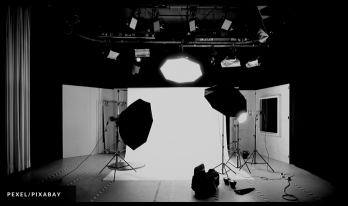
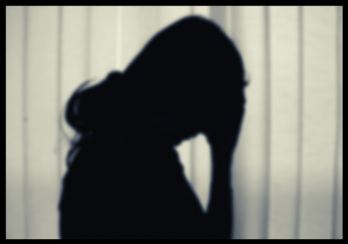
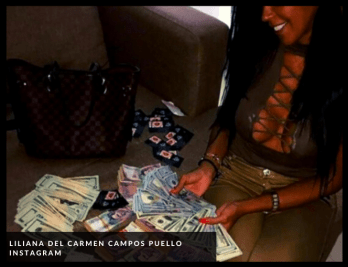


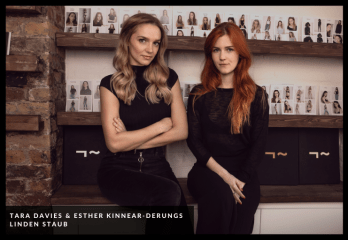
 20.03.24
20.03.24
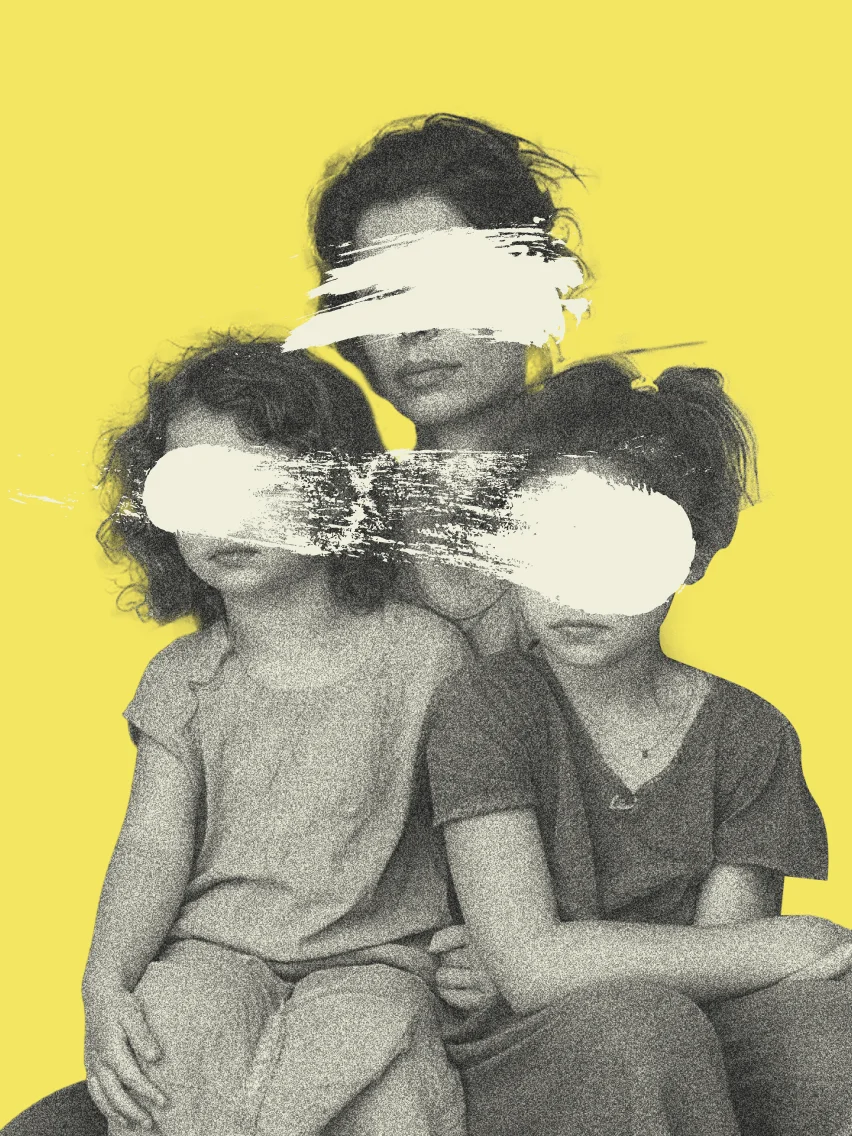 14.03.24
14.03.24
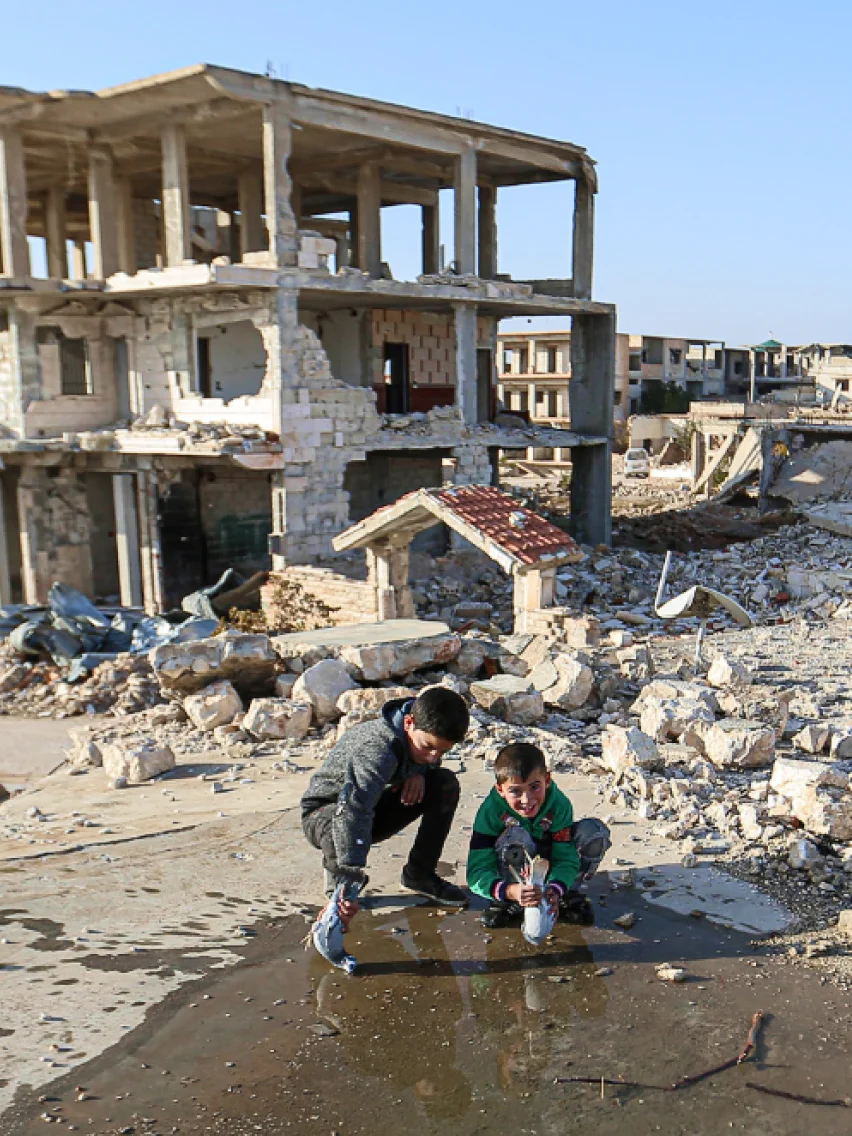 01.03.24
01.03.24
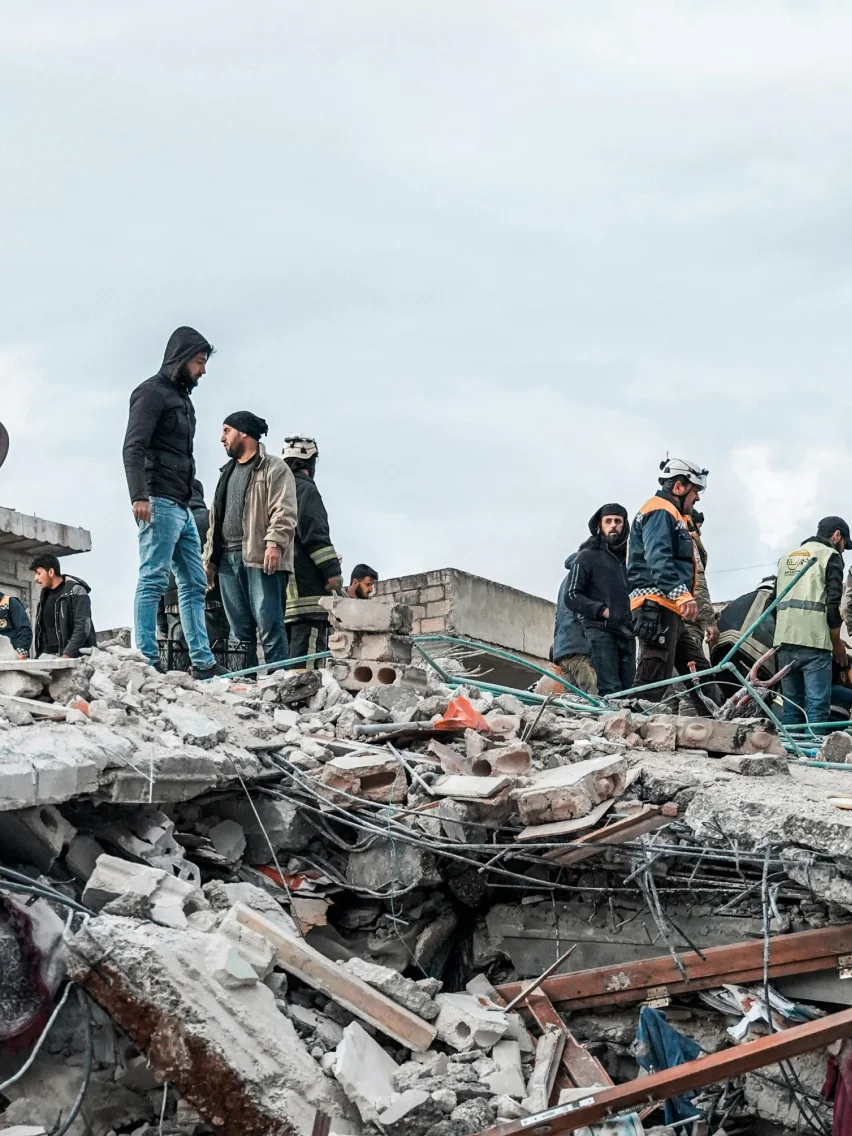 09.02.24
09.02.24
